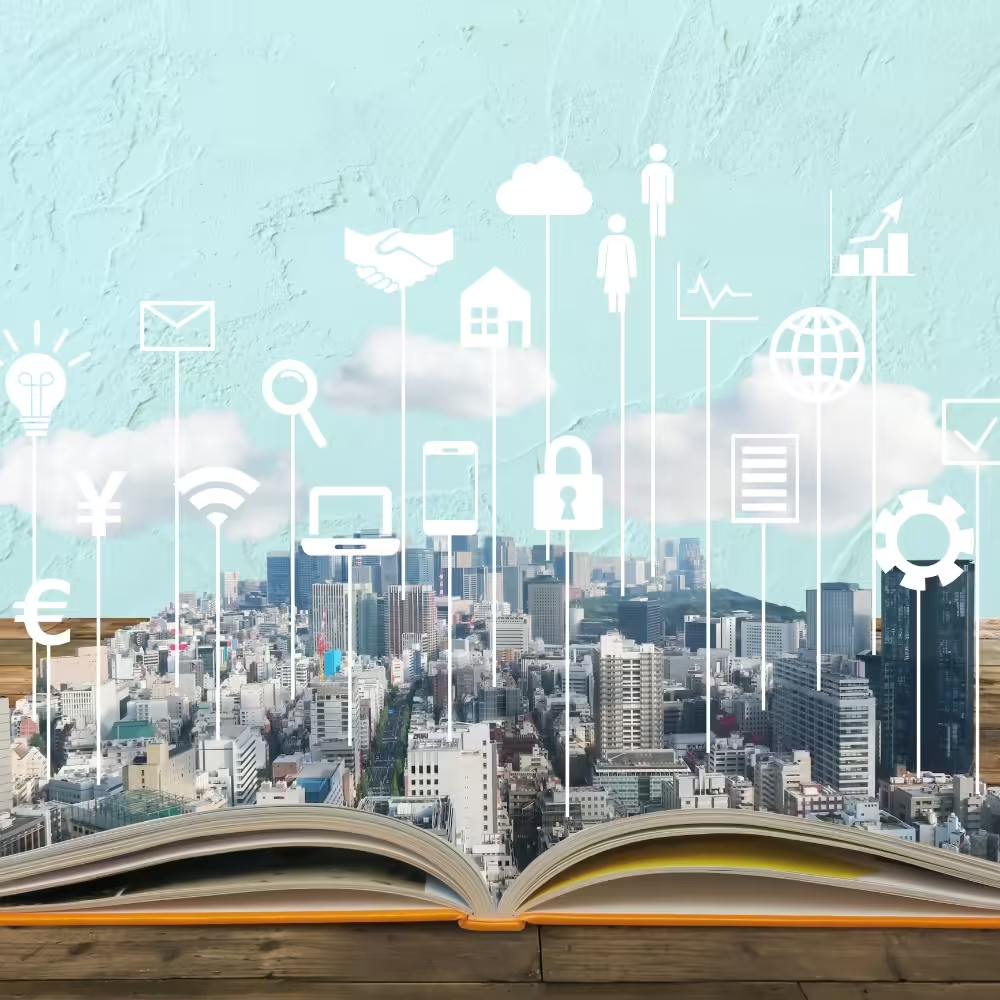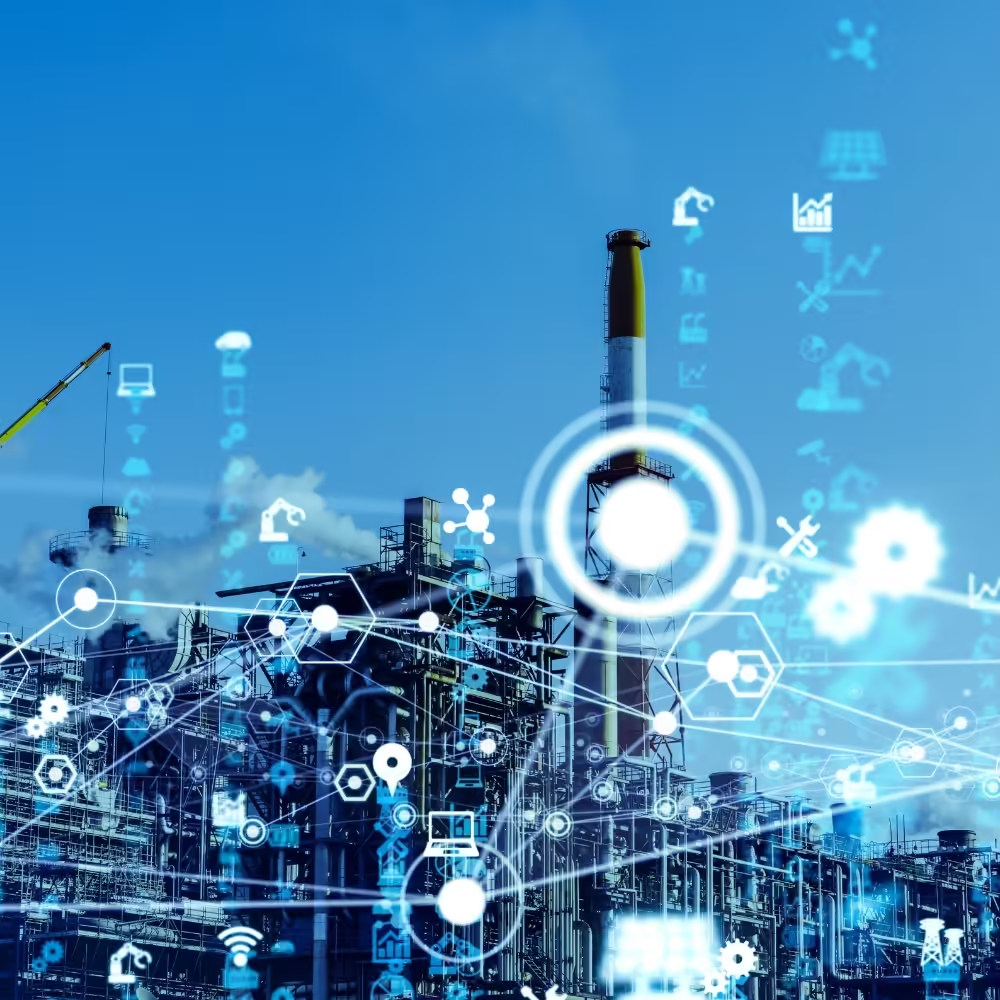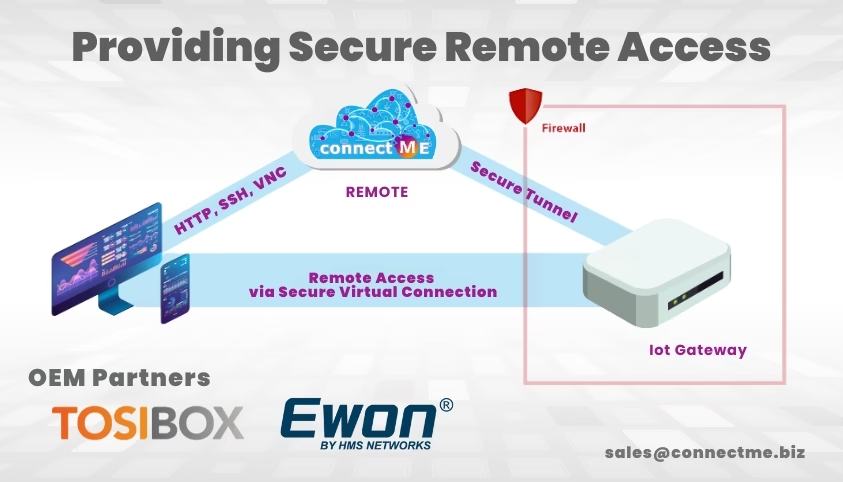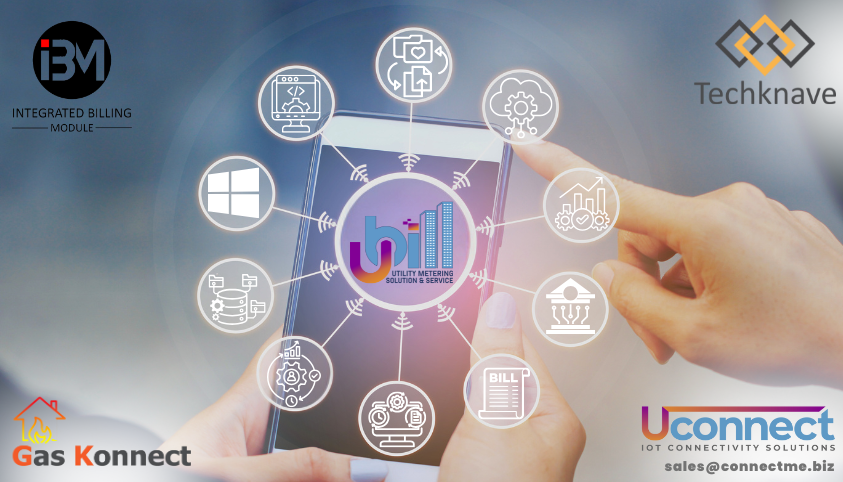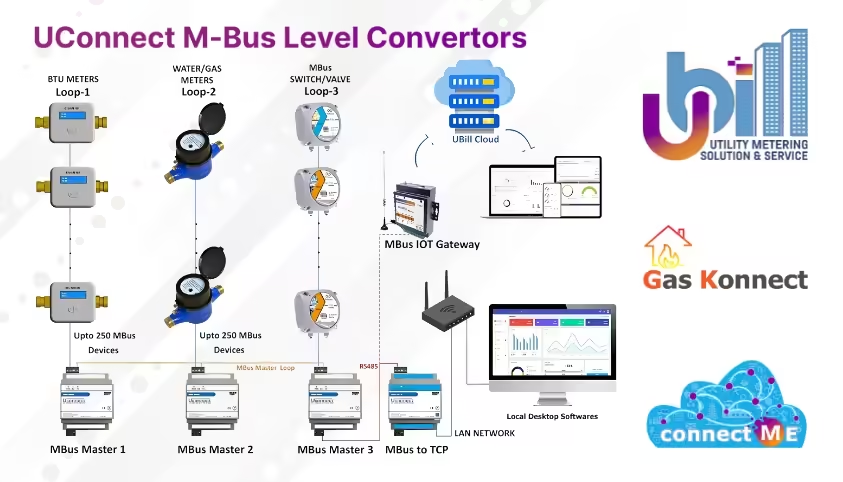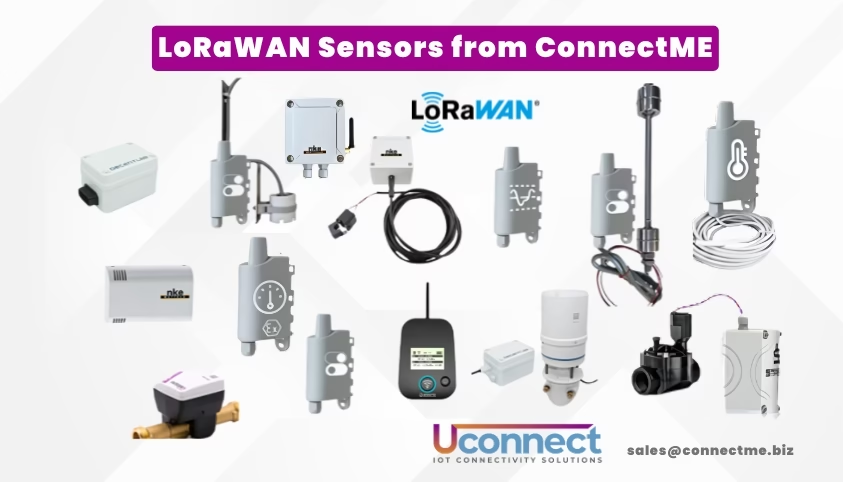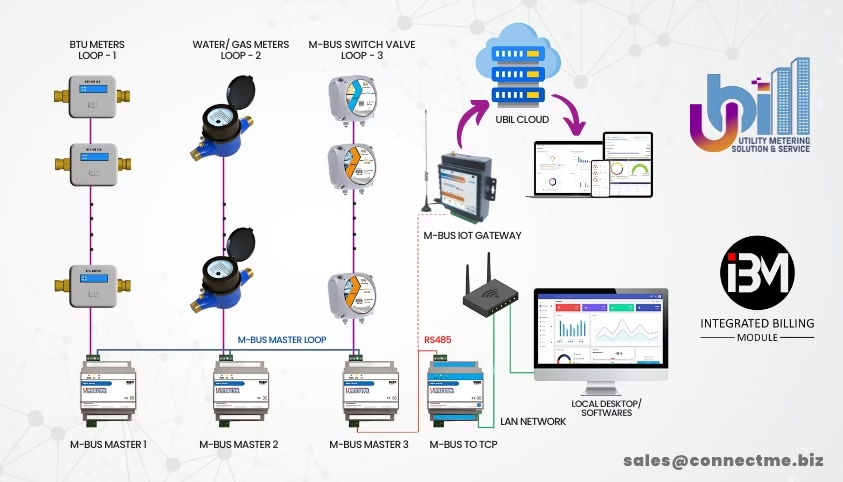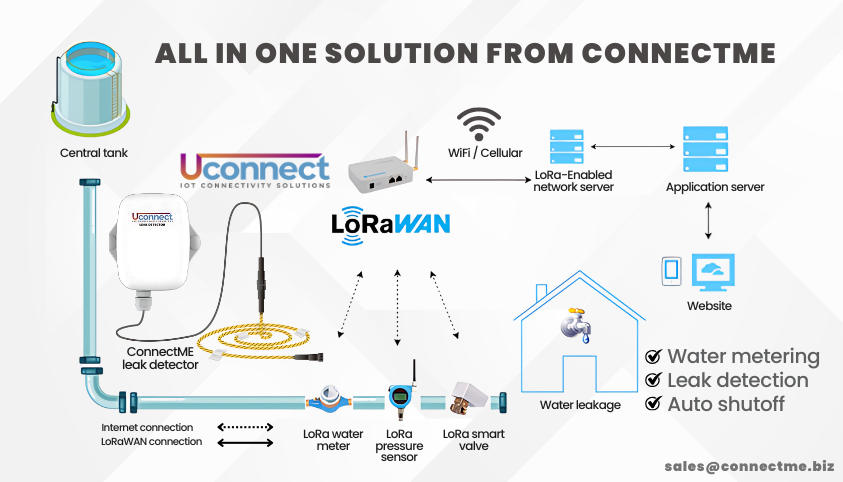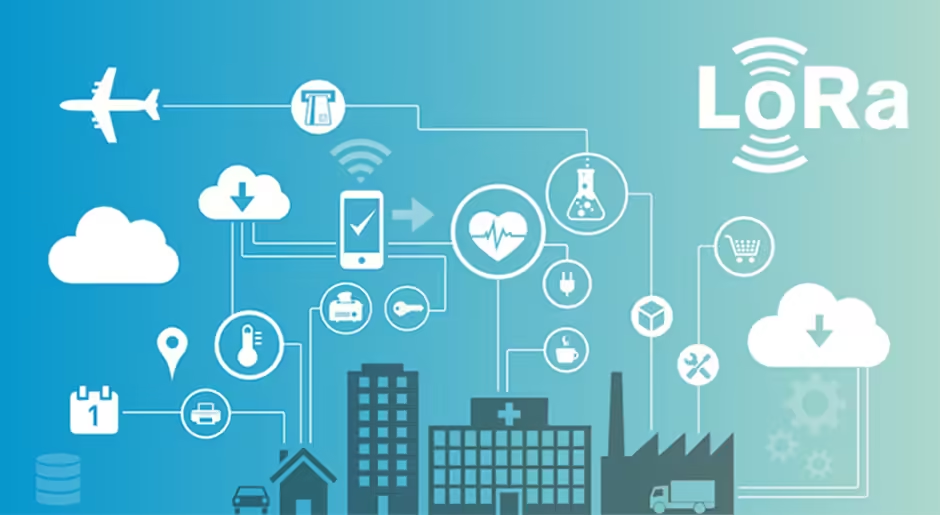
LoRa (Long Range) technology, integrated with the LoRaWAN (Long Range Wide Area Network) protocol, continues to advance as a leading solution in the IoT (Internet of Things) landscape. With its unique ability to offer long-range communication with low power consumption, LoRa has become a preferred choice for various applications across industries such as smart cities, agriculture, utilities, and logistics.
Key Features of LoRa
- Long Range: LoRa can transmit data over several kilometers in rural areas and a few kilometers in urban settings.
- Low Power Consumption: Devices using LoRa technology can last for years on a single battery due to the low power requirements.
- Cost-Effective: The technology allows for affordable deployment, particularly for large-scale IoT networks.
- Scalability: LoRaWAN supports millions of devices, making it suitable for massive IoT applications.
LoRaWAN’s Global Leadership and Expanding Use Cases
According to the LoRa Alliance’s 2023 Annual Report, LoRaWAN has solidified its position as the market leader in LPWAN (Low Power Wide Area Network) technology. The report emphasizes LoRaWAN’s robust adoption across various sectors, including smart cities, utilities, and industrial applications (markets.businessinsider.com). Notably, LoRaWAN has also gained significant traction in the emerging market of satellite-based IoT communications, where its long-range capabilities are particularly beneficial (LoRa Alliance®).
Technological Advancements and Roadmap
The LoRa Alliance has unveiled a comprehensive development roadmap for LoRaWAN, focusing on enhancing connectivity, scalability, and interoperability. Key improvements include optimizing long-range frequency hopping spread spectrum (LR-FHSS) for Non-Terrestrial Networks (NTNs) and introducing crypto-agility for the Link Layer, allowing for flexible integration with current and future cryptographic suites (LoRa Alliance®). These advancements are designed to support the anticipated growth in IoT connections, which is expected to reach billions in the coming years.
Smart Metering and Utilities
In the realm of utilities, LoRaWAN has become the go-to technology for smart metering solutions. The technology’s ability to provide reliable, long-range connectivity with minimal power consumption makes it ideal for applications like water, gas, and electricity metering. For instance, in Turkey, the Eskisehir Organized Industry Zone has implemented a LoRaWAN-based smart gas metering system covering a 32-square-kilometer area (LoRa Alliance®). This deployment exemplifies LoRa’s scalability and effectiveness in industrial environments.
LoRaWAN’s adaptability and global reach continue to make it the preferred choice for IoT deployments worldwide, particularly as industries seek scalable and secure connectivity solutions.– KOTHANDAPANI (KOTHS), IIOT SPECIALIST AT CONNECTME SOLUTIONS
Recent Applications of LoRa
The Middle East has seen a growing adoption of LoRa technology, driven by the region’s ambition to leverage IoT for smart city initiatives and industrial applications. Key applications include:
Smart Cities:
As part of its smart city initiative, Dubai has implemented LoRaWAN for various applications, including smart street lighting, environmental monitoring, and waste management. The technology helps the city manage its resources more efficiently and move towards sustainability.
Utilities:
In Saudi Arabia, LoRaWAN is being utilized for smart water and electricity metering, improving resource management and reducing wastage. These smart meters provide real-time data, enabling more accurate billing and better demand management.
Agriculture:
In Qatar LoRaWAN is being used in precision farming applications, where sensors monitor soil moisture, weather conditions, and crop health. This data helps farmers optimize water usage and enhance crop yields, contributing to the agricultural sector’s sustainability.
Industrial Zones:
In Turkey, the Eskisehir Organized Industry Zone has implemented LoRaWAN-based smart gas metering, marking a significant step towards digitalizing industrial operations. This deployment covers a 32-square-kilometer area, demonstrating LoRa’s ability to manage large-scale industrial environments efficiently.
The LoRa Alliance’s 2023 report highlights LoRaWAN’s global leadership in the LPWAN (Low Power Wide Area Network) market, with significant deployments across multiple sectors. LoRaWAN networks are now available in over 170 countries, with growing adoption in satellite-based IoT communications, especially in remote and challenging environments.
The increasing demand for IoT solutions is driving the growth of LoRa technology in the Middle East. Cities and industries are rapidly adopting LoRaWAN for its scalability, security, and cost-effectiveness. The region’s focus on smart infrastructure and digital transformation is expected to accelerate the deployment of LoRa-based solutions in the coming years. As the adoption of IoT technologies continues to rise, LoRa is expected to play an increasingly important role in enabling smart infrastructure and improving operational efficiencies across industries.
As IoT continues to grow, the future of LoRa technology looks promising. The technology’s ability to support a wide range of applications, coupled with its ongoing technological advancements, positions it well to meet the increasing demands of IoT. The continued expansion of the LoRaWAN ecosystem and its integration with satellite communications will likely drive further adoption across industries, particularly in regions like the Middle East, where smart infrastructure development is a priority.
LoRa technology is not only meeting the current needs of IoT applications but is also paving the way for future innovations. With its strong global adoption, continued technological advancements, and expanding use cases, LoRa is set to remain a key player in the IoT landscape for years to come.
